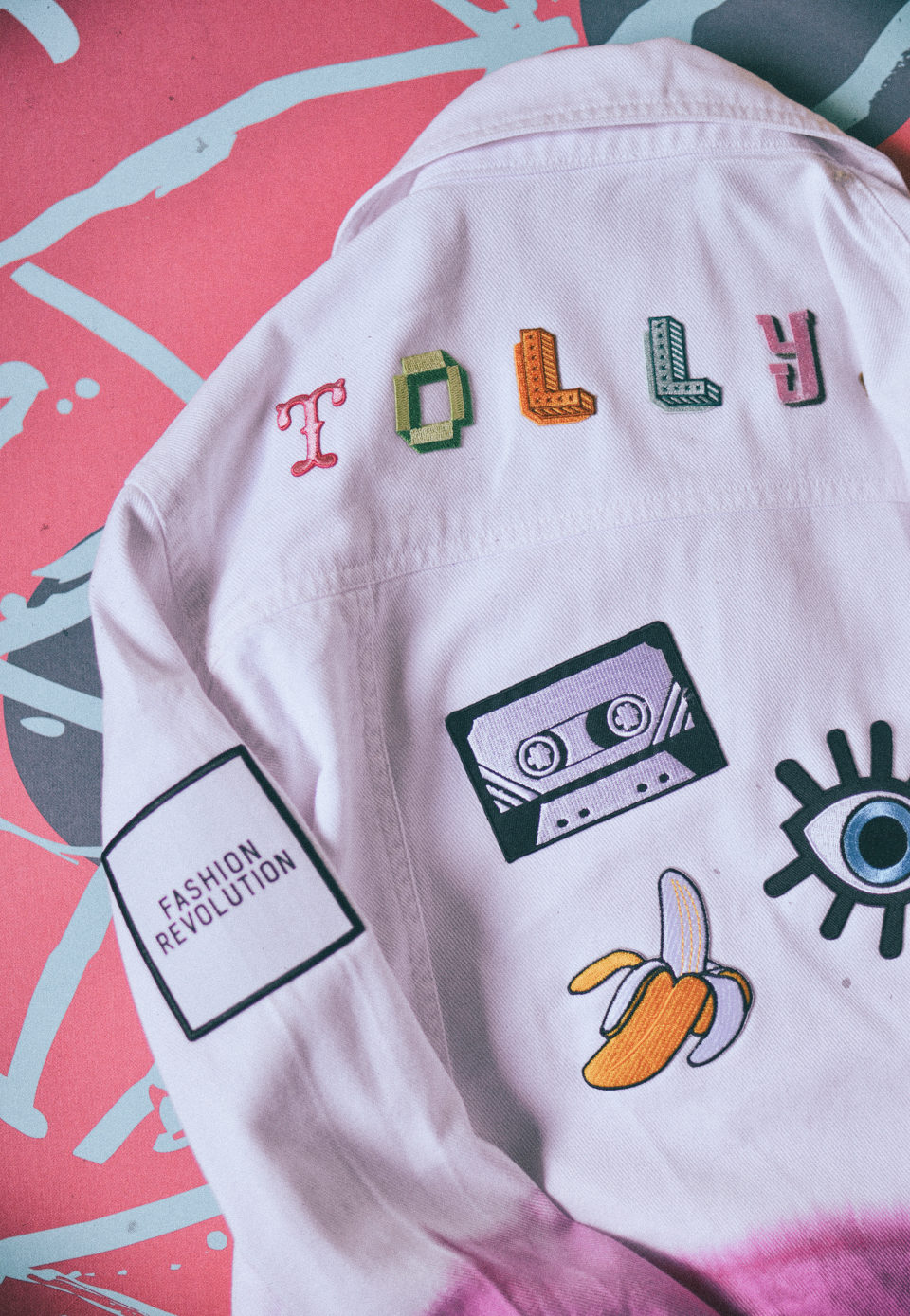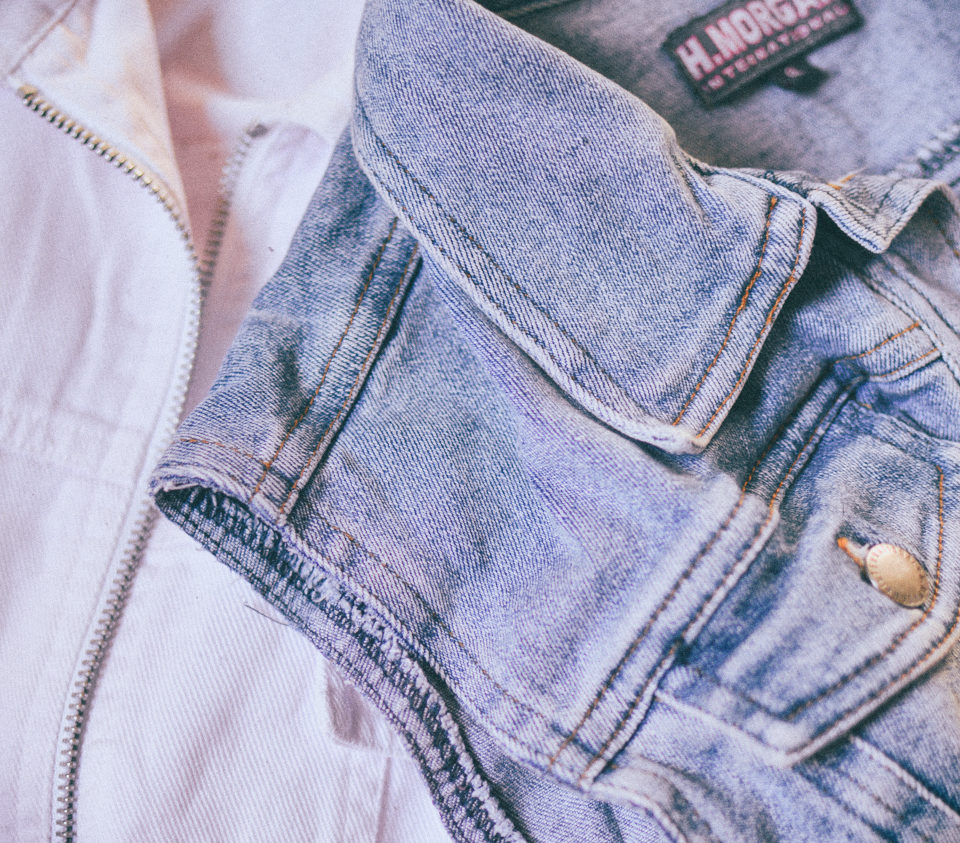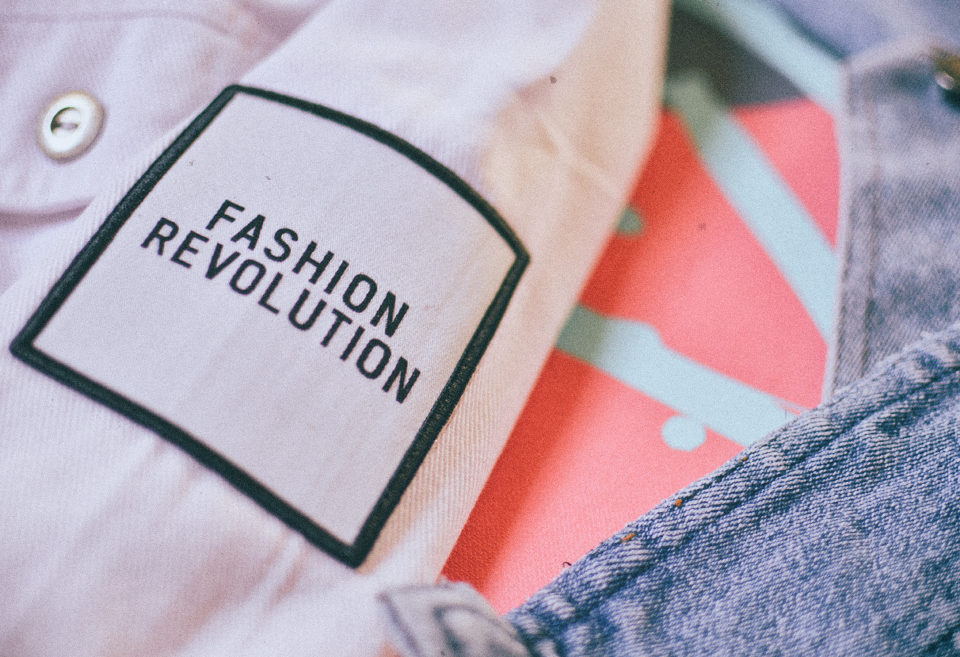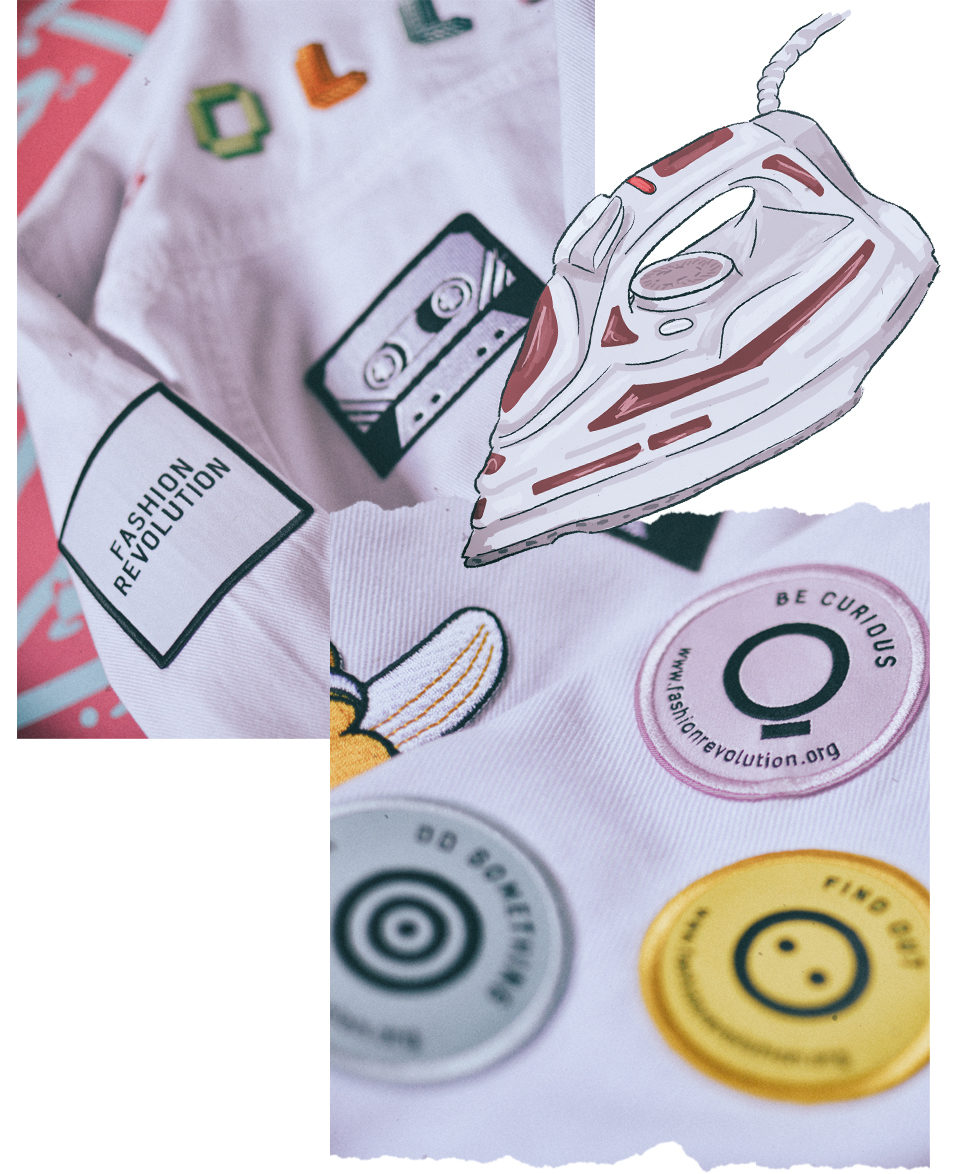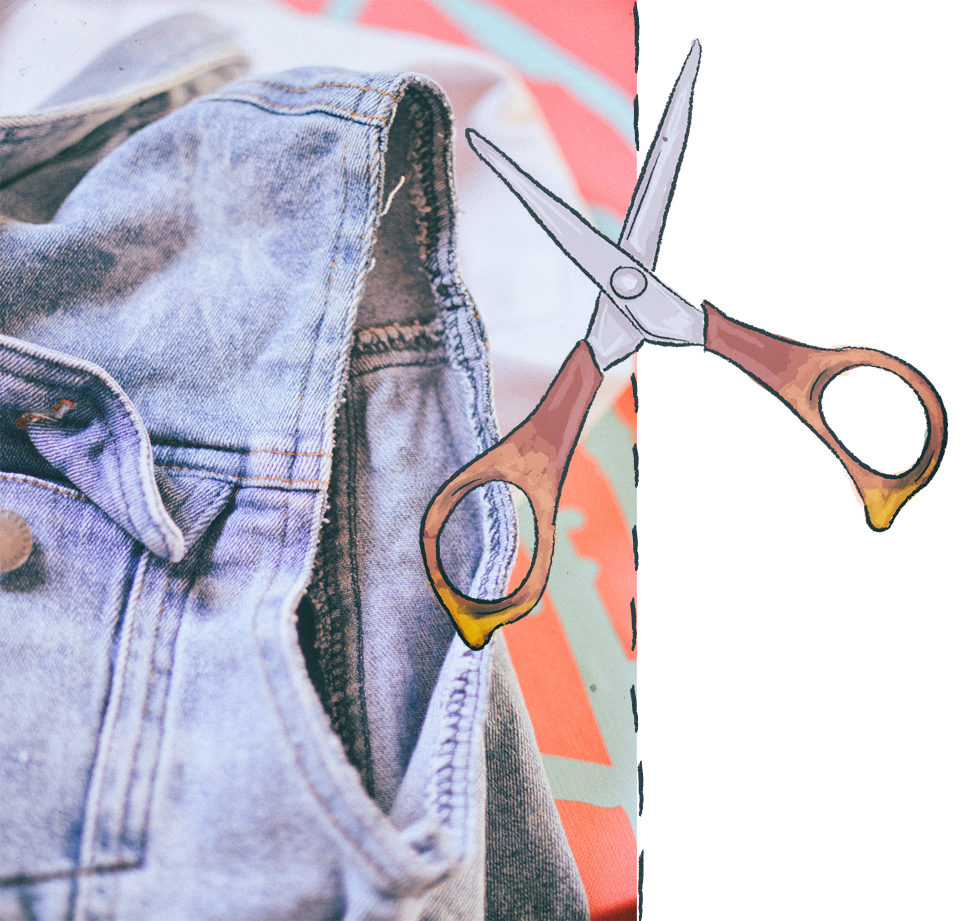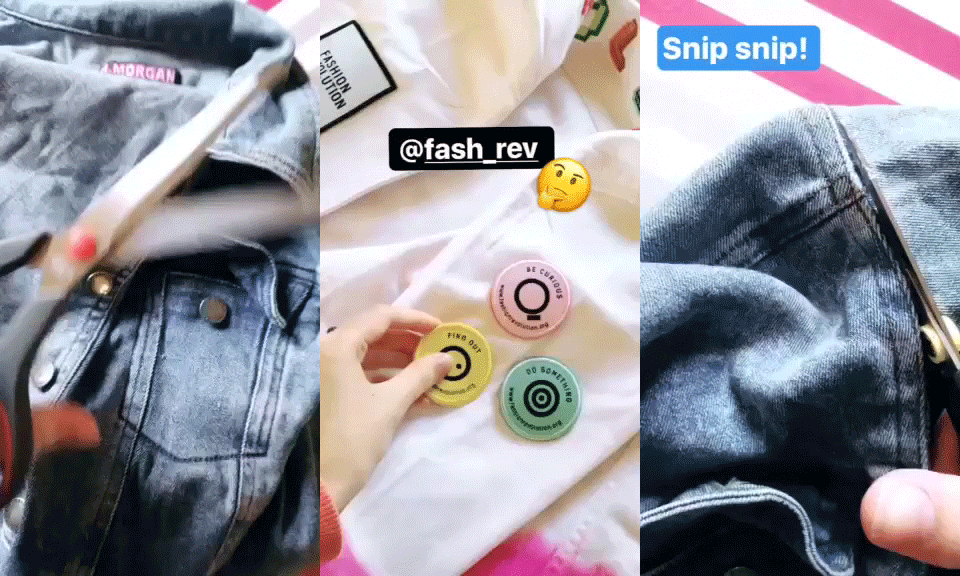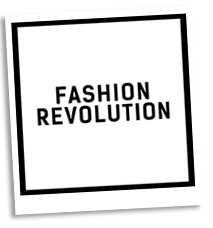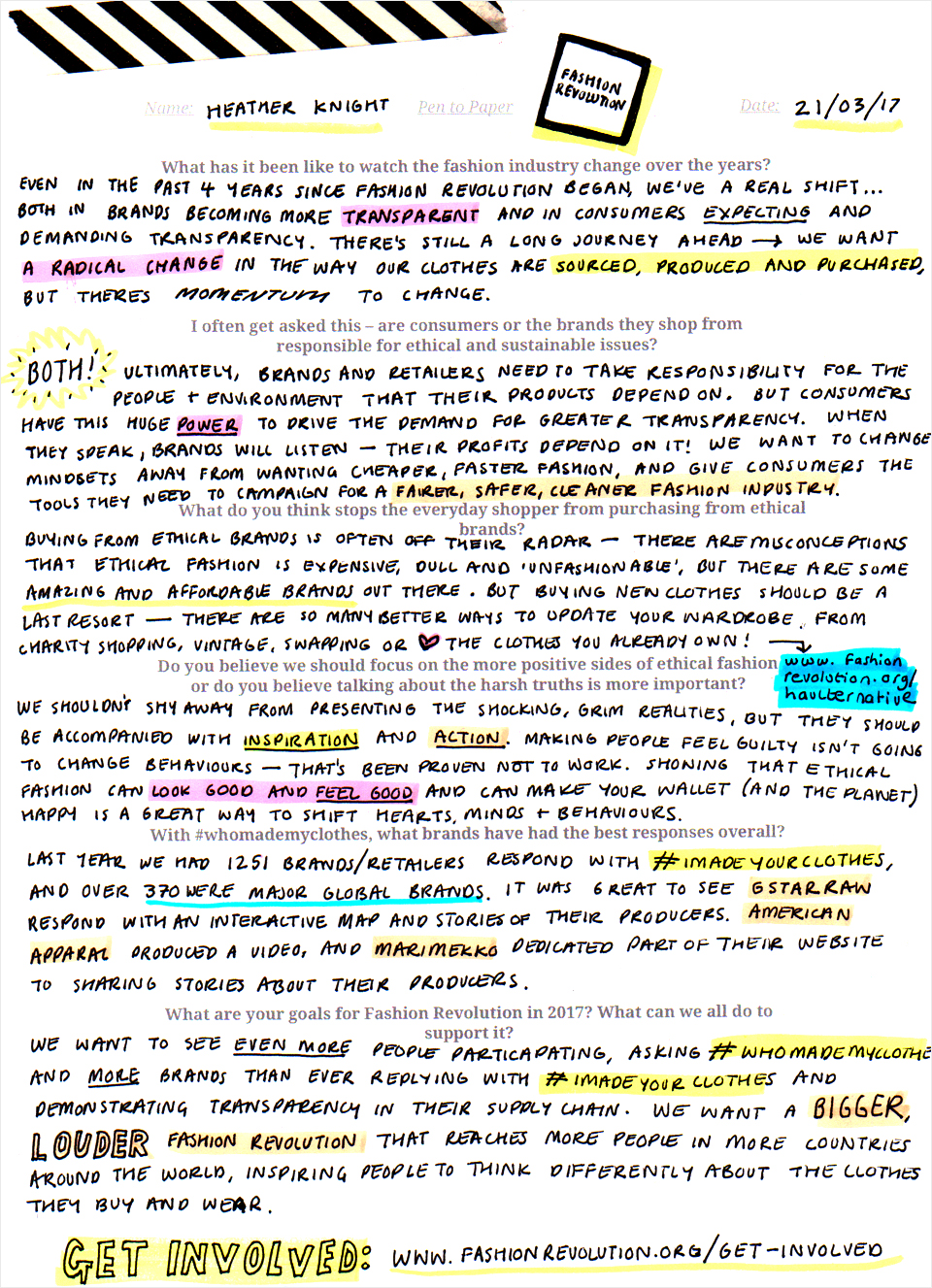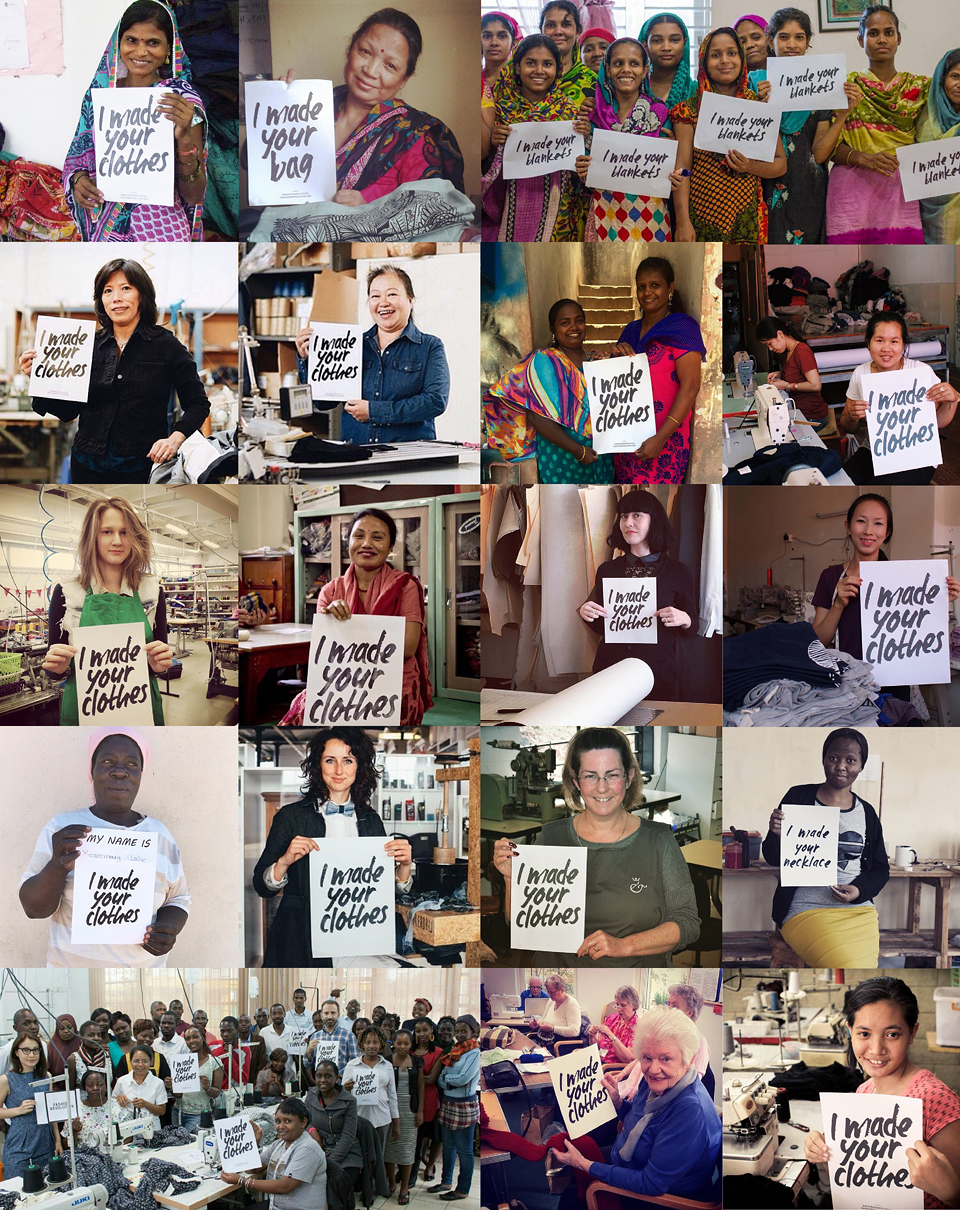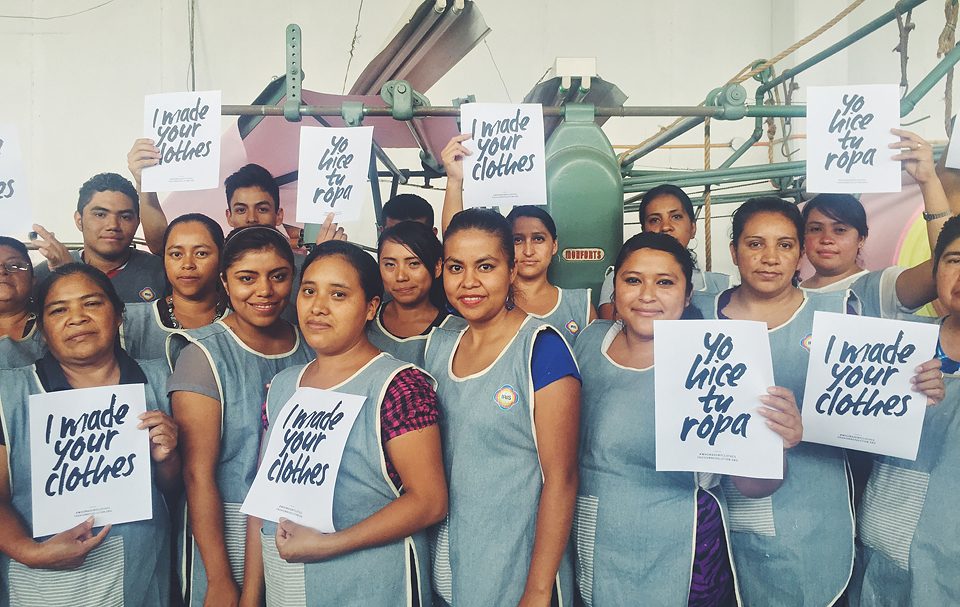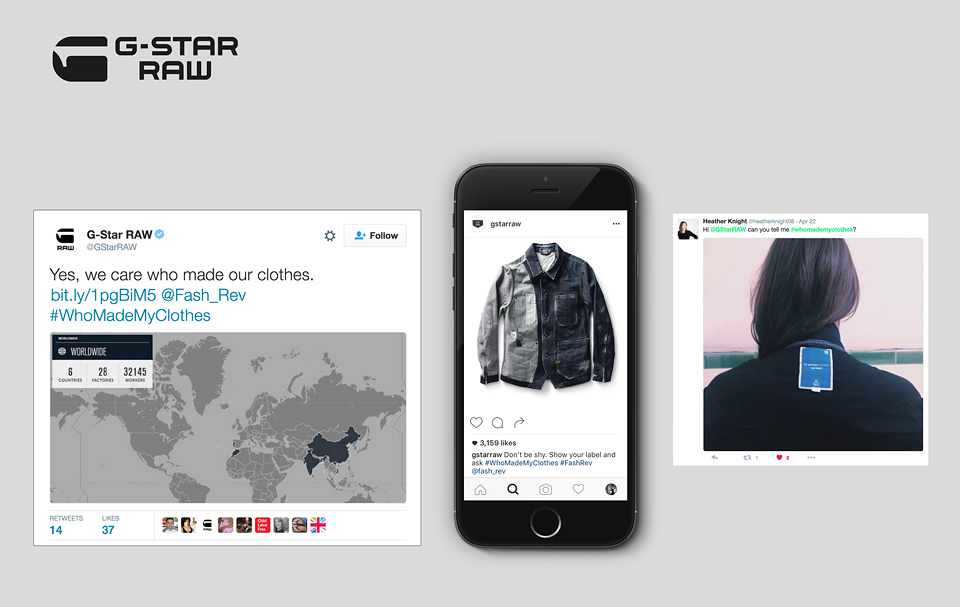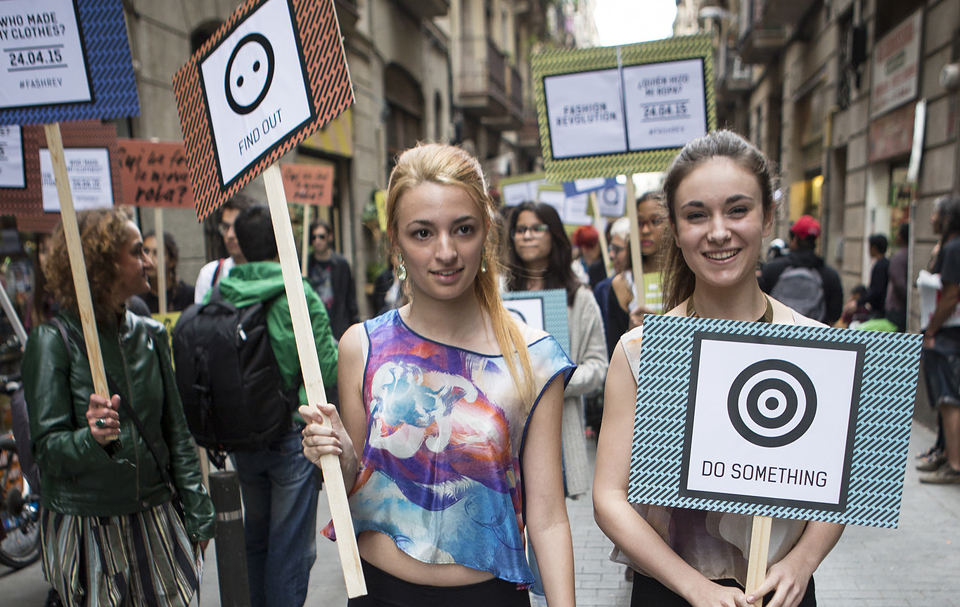Fashion Revolution Week was created after the Rana Plaza factory disaster in 2013. The factory home to many big name fast-fashion brands collapsed, killing over 1,100 people and injuring thousands more. In order to create change within the fashion industry, transparency is needed across the board as well as commitment to ethics and sustainability. Fashion Revolution asks you to get involved by sharing a photo/selfie of your favourite clothes asking the brand, #WhoMadeMyClothes?
Fantastically, Fashion Revolution and a new surge of conscious consumerism have brought to the attention of many brands that their customers want more answers about where their clothing comes from. We’ve seen them respond positively and it has inspired us all to keep going on our mission for greater transparency, however, with this comes the idea of ‘greenwashing’ and being all talk and no action.
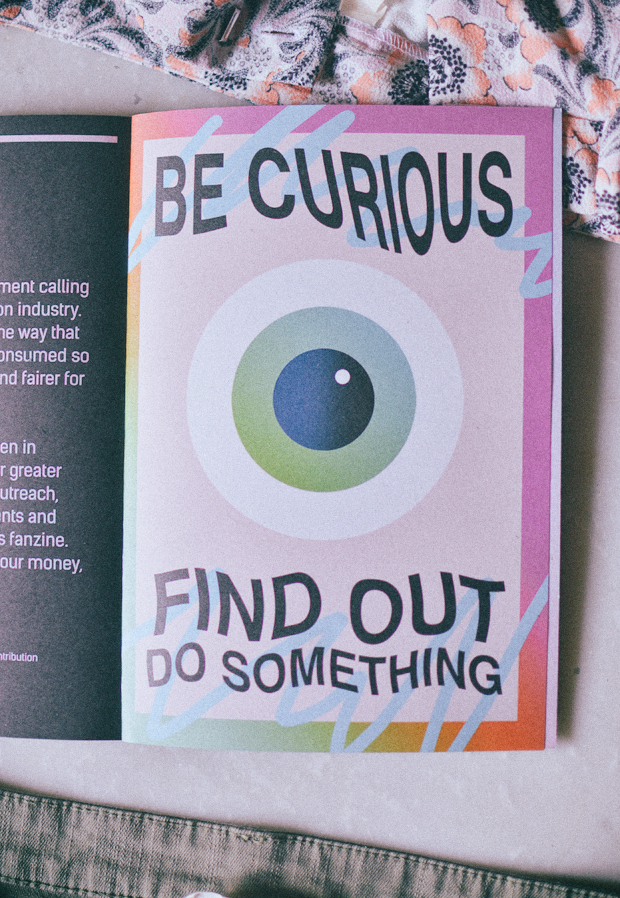
The Greenwashing Index defines greenwashing as “when a company or organisation spends more time and money claiming to be “green” through advertising and marketing than actually implementing business practices that minimise environmental impact“. With the rise of consumers demanding to know more about how a brand is run and how it’s supply chain is managed, more and more brands and designers have started to step forward to show in whatever way they can, that they are part of the positive change and movement.
I will start off by saying that it’s important to recognise that something is being done, no matter how small that is. We have to start from somewhere even as individuals so I’m glad that the industry is becoming more aware. My concern is that for less informed consumers, small steps will end up looking a lot larger than they are on the surface and those who are doing an outstanding job across the board, will be left at the wayside due to the fact that they are lesser known.
One of the major examples that some of you may already be aware of, is H&M. H&M have two “sustainable” lines under their belt; H&M Conscious and Conscious Exclusive. The aim of the Exclusive collection is to showcase more sustainable production techniques whether that means using organic cotton or recycled materials. It’s a capsule collection, far smaller than the rest of their range which is more heavily marketed on their website and far easier to find in store. The main Conscious collection seems to be based around what fabrics are used within each garment.
If you visit the H&M homepage, you’ll find that the Conscious Exclusive collection has to be found by scrolling down and that there is no main header link for either Conscious collection; they’re tucked away under the Campaigns on the Women’s tab.
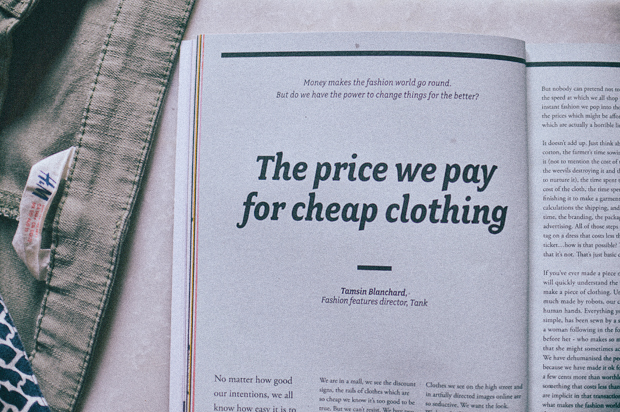
Secondly, their recycling initiatives have also been catching the attention of the media and its customers. In January 2017, H&M launched a campaign video called “Bring It On” to ask their customers to donate their used garments into store. Interestingly enough, this video is still up and running on H&M’s US website, but on the UK one, you can only discover it via Google.
You’re probably wondering why I’m focusing on how accessible these pieces of information are. It’s all part of what greenwashing technically is, and is a good indicator of whether you should be supporting a brand or not. If the sustainable or ethical information isn’t as equally as accessible as the main collection of a brand as a whole then they are being the opposite of transparent. Information is being spread around that sustainability is a focus when in actual fact, it’s still something which is being tucked away and concealed.
And as much as I appreciate the H&M Foundation for funding some innovative and sustainable ideas at the recent Global Change Awards, I highly doubt the average high-street customer is aware of this.
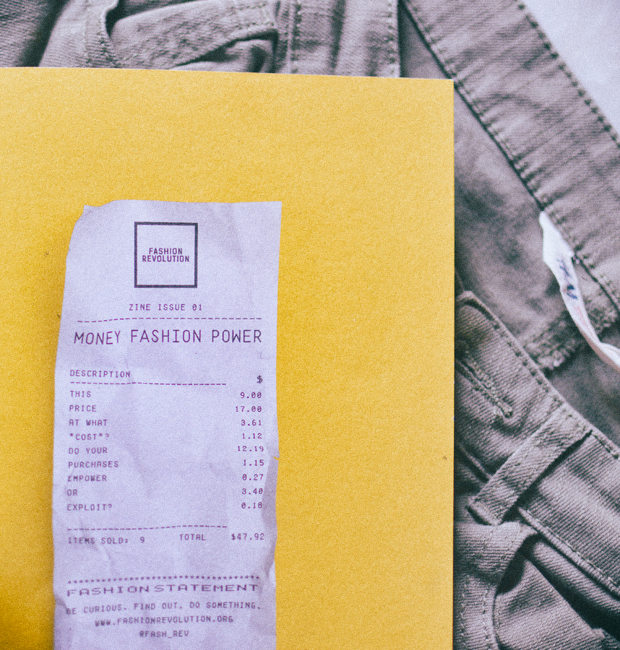
I found this a similar case with ASOS; their ASOS Eco Edit is tucked away under a menu tab with just a single link. They have two separate social media accounts for promoting their more sustainable and ethical items of stock, their Instagram following being a mere 12k compared to an over 5 million account reach on their main. That’s a whole lot of influence being put to waste. It would be an interesting question to have answered; why wouldn’t they want to share the more positive of brands on their site, with the majority of their following? To me, it’s baffling.
With H&M especially though, they aren’t just tucking away what they so say want to change within the industry, they’re almost disguising the fact that they’re one of the biggest reasons behind why it needs to change. On the UK site, out of the main collection there are 4,874 items for Women, of which only 209 are consciously focused. This is a reasonably high number; in fact, perhaps a little too high with prices a little too low. How can a pair of skinny jeans be be £19.99 and be labelled as “conscious”? And in terms of the actual production and ethics of it all, it was only in February 2016 when an H&M factory in Bangladesh caught fire killing four of its workers. It’s due to the immense pressure of a brand of such size, that these sorts of incidents occur.
As I mentioned previously, I’m concerned that the positive actions that are being put into place aren’t being compared to what is really going on. It’s not just fast-fashion brands either. I’ve had concerns over supposedly, “non” fast-fashion brands like Nobody’s Child, for example. They claim to be to serve “fast fashion with a conscious” which is rather peculiar. Fast-fashion is unsustainable; mixing those two terms is something already rather questionable.
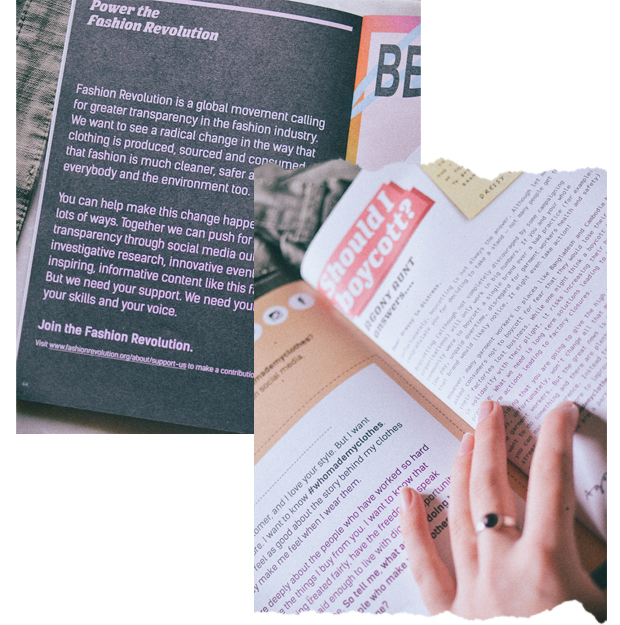
An article by Project JUST, which reviews several bigger name sustainable brands like Everlane and Warby Parker, shows that phrases like “radical transparency” don’t always live up to their definitions. Of course, I would much rather suggest people start lifting up brands such as Everlane, but if you really want to be the best consumer as possible (which trust me, is often difficult), learning more about all kinds of brands is just as important.
But, there are ways to avoid the wool being pulled over your eyes. These are some questions which are good to ask yourself before supporting a brand…
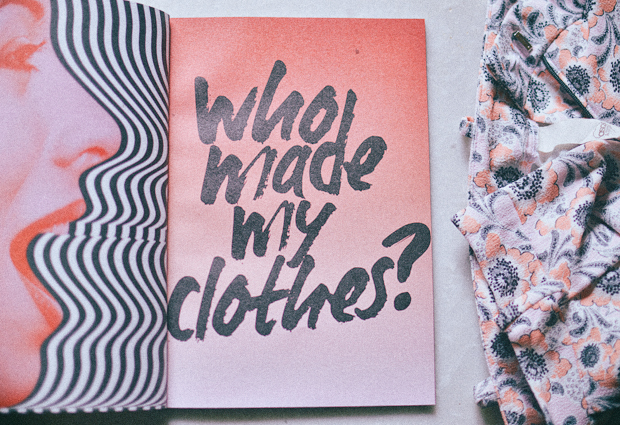
Are they shouting about it?
Something which concerns me with brands who label themselves as “ethical and sustainable” yet come across as fast-fashion, is whether they’re really shouting about it. Simply labelling yourself as such doesn’t necessarily guarantee that these practices are being put into place. Take a look and see how accessible their information regarding ethics and sustainability is, and whether they’re proud to fly that flag. Do they join in with #WhoMadeMyClothes, and the like? Ask yourself if you truly trust what they’re claiming to support.
What information can you find?
Alongside whether they’re shouting about it, you need to know what it is they’re shouting about. If this information is easy to find, you might want to think about what sort of issues are important to you. A great way to decipher this is by taking a look at the Policy & Commitment categories within Fashion Revolution’s Transparency Index, which is a review of 100 major brands and how they’re tackling transparency. Some of these commitments include…
☞ Animal Welfare
☞ Child Labour
☞ Discrimination
☞ Equal Pay
☞ Forced or Bonded Labour
☞ Health & Safety
☞ Maternity Rights/Parental Leave
☞ Sub-contracting & Outsourcing
☞ Use of Chemicals
☞ Waste & Recycling
☞ Water Usage
☞ Working Hours
Some of Fashion Revolution’s findings include the fact that only 20 out of the 100 brands disclose procedures that address maternity rights; only 43 brands publish an assessment for high-risk supply chain issues and only 40 brands disclose how child labour policies are put into practice. That’s less than half.
Ask yourself what issues matter to you and find out whether the brand has open information readily available for you to read and learn from.
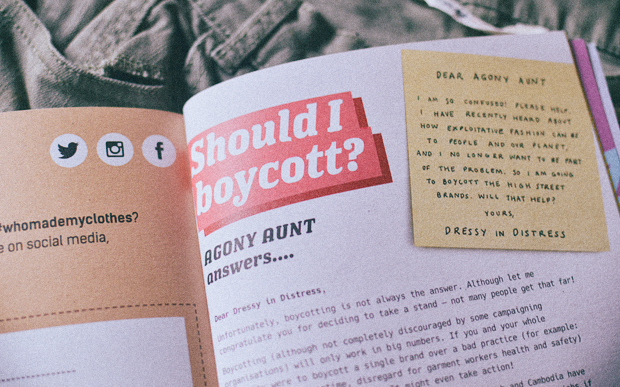
What information will they give you?
A brilliant point brought up in Project JUST’s article on the same issue of greenwashing was what information will brands give you if they ask. Especially when it comes to campaigns like #WhoMadeMyClothes, the stand out brands will be those of which reply with the most transparent and specific answer possible. It’s not just what they tweet you either, it’s what you can get through contact forms, emailing and even writing letters in some cases. If they don’t give you enough information; ask yourself if you truly want to support their level of transparency.
Are they making progress?
As aforementioned, I want to reiterate that progress is important. It’s exactly what we want to see more of. So yes, do praise and award brands which are doing so but also ask yourself how much are they really doing? Another part of Fashion Revolution’s Transparency Index includes the Know, Show & Fix category which is about analysing which brands are assessing their policies, disclosing these assessments and are fixing what needs to be fixed.
The highest scoring brands in this include (thankfully) H&M, alongside Marks & Spencer, GAP, Adidas, Reebok and Puma – but none of these brands score higher than a 40% score. You can learn more about the scoring by, of course, taking a look at the index for yourself, which I highly recommend if you are interested in learning more.
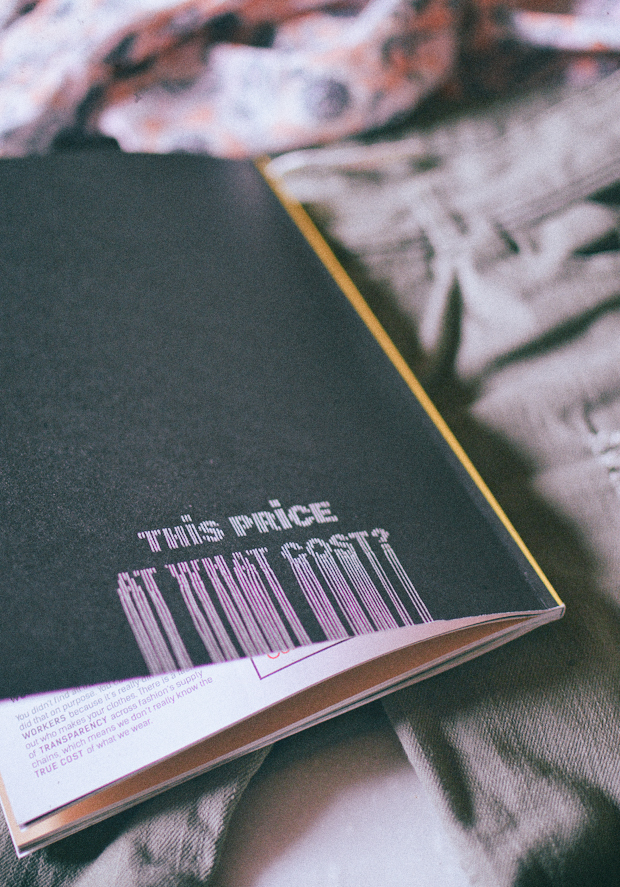
Will you actually end up wearing what you buy?
I think it’s not only important to understand who you’re buying from, but also what you’re buying. Take a read of my post on working out whether you’ll actually end up wearing what you buy. An important part of creating a more sustainable industry is creating sustainable shoppers. We need to start becoming more conscious of our decisions and impact as that all leads back to what brands decide to change. Every penny is a vote, remember!
Shop from brands that are built on ethics and sustainability.
Finally, I want to point you in the direction of my ethical directory. Although I will admit I can’t answer all questions to do with every brand within it, I can say that I am in full support of everything these brands stand for. The list is growing and I’m updating it every month so hopefully, some of you will find it helpful. I also, recommend taking a look at Project JUST who I have already mentioned within this post. Not only was I recently interviewed for their #IAMJUST series, I also admire what they are doing. Their directory is a lot more in-depth and offers you a platform to learn more about brands you might already shop with.
Have you ever encountered any greenwashing? What are your thoughts on the progress within the industry? Let me know in the comments!
